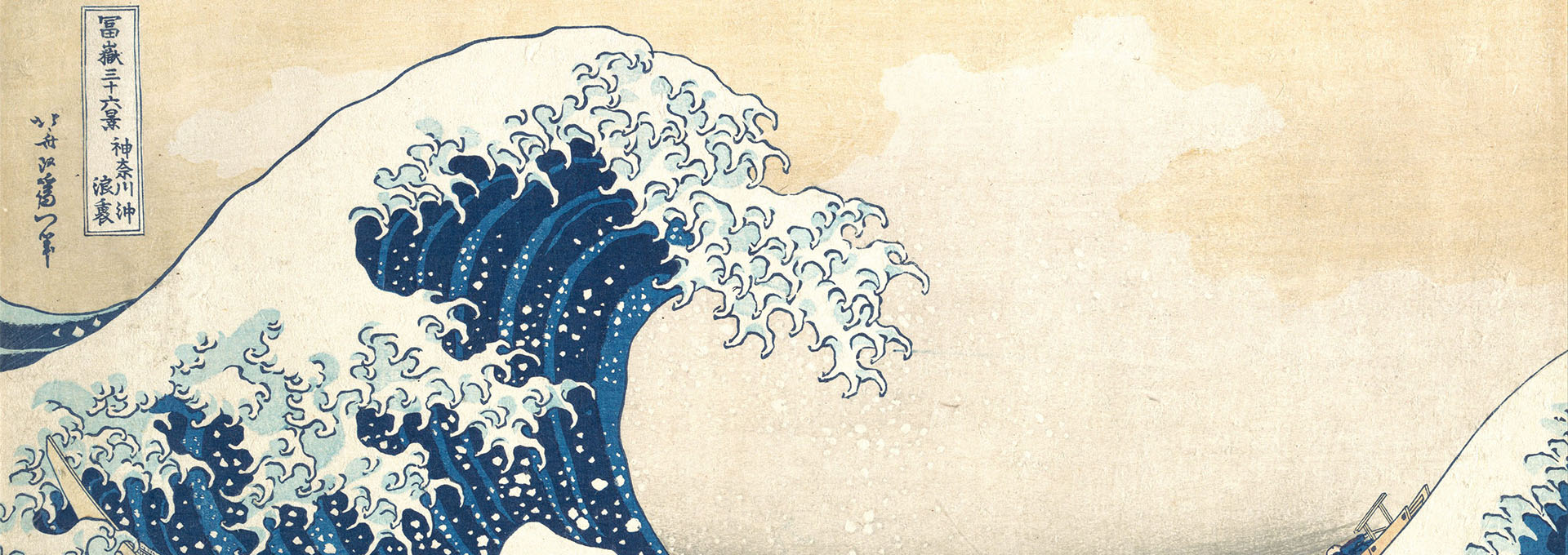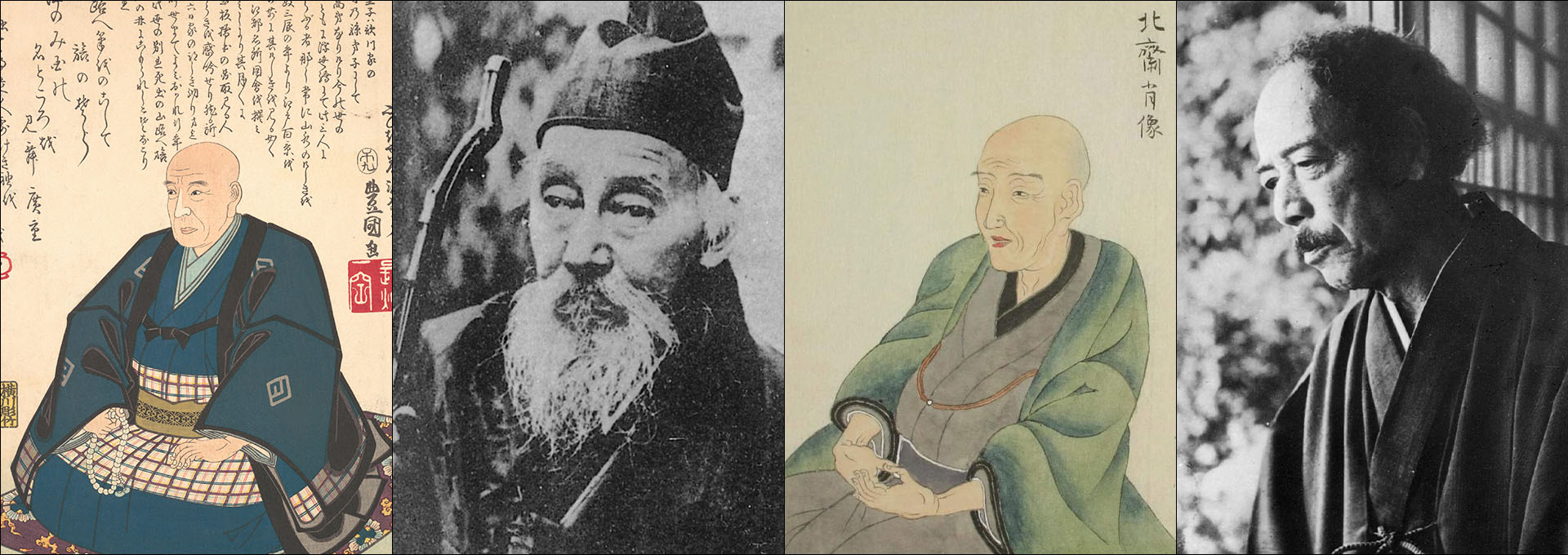Japanese painting and calligraphy have also been an integral part of Japanese culture for centuries. The history of Japanese painting dates back millennia with cave paintings found in the caves of prehistoric Japan. Japanese painting techniques include the use of brushes, ink, and paper or silk. Japanese painting styles vary from traditional painting to contemporary art aesthetics. Famous artists of Japanese painting include masters such as Tawaraya Sōtatsu, Sesshū Tōyō, Hokusai and Hiroshige.
Japanese calligraphy, also called Shodo, is considered an art in its own right and is often regarded as one of the most noble forms of expression in East Asia. Japanese calligraphy uses Chinese characters, called Kanji, to write words and sentences. Japanese calligraphy techniques include the use of brushes, ink, and paper. Japanese calligraphy styles vary from traditional calligraphy to modern aesthetics. Famous artists of Japanese calligraphy include masters such as Ono no Michikaze, Tani Bunchō and Kōsaka Gōkei.
In sum, Japanese painting and calligraphy are forms of artistic expression that have a long tradition and great importance in Japanese culture. These arts are considered elegant manifestations of Japanese thought and Japanese culture, which have evolved over the years into elaborate and refined practices.


